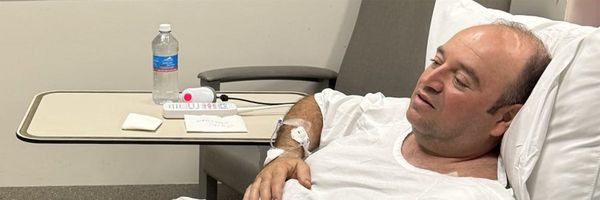
Many retirees invest in home modifications to make aging in place safer and easier. Grab bars, ramps, and brighter lighting are often recommended for reducing accidents. But not every so-called “upgrade” delivers the promised safety benefits. In fact, some common changes can actually increase risks if done incorrectly or without professional guidance. Here are eight modifications that may backfire and compromise senior safety.
1. DIY Ramps That Are Too Steep
Adding a ramp seems like a smart move, but poorly built ramps can be dangerous. If the incline is too steep or lacks handrails, falls are more likely. Slick surfaces without traction make the risk even worse in wet conditions. Building codes provide specific slope requirements for a reason. A ramp meant to help can end up being a major hazard.
2. Overly Bright Lighting That Causes Glare
Improving lighting is essential for seniors, but brighter isn’t always better. Lights that are too intense can create glare, making it harder to see clearly. This is especially problematic at night, when pupils don’t adjust quickly. Poorly placed fixtures can also cast confusing shadows. Balanced, diffused lighting is safer than blinding brightness.
3. Removing All Carpeting
Carpet is often replaced with hardwood or tile to reduce tripping hazards. But smooth surfaces can become dangerously slippery, especially in socks. Falls on hard flooring also result in more severe injuries than carpeted ones. Removing all carpeting without considering slip-resistant alternatives creates new risks. A mix of secure, low-pile carpet and nonslip flooring is safer.
4. Installing Grab Bars Without Reinforcement
Grab bars provide stability in bathrooms, but only if they’re installed correctly. Bars anchored to drywall without reinforcement can rip out under pressure. Seniors may trust them in emergencies, only to suffer worse injuries when they fail. Professional installation with proper studs or mounts is critical. A grab bar that isn’t reliable is worse than none at all.
5. Adding Too Many Throw Rugs
Throw rugs are often seen as cozy, but they’re one of the top tripping hazards for seniors. Even rugs with non-slip backing can curl, bunch, or slide over time. Hallways and living areas cluttered with rugs increase fall risk dramatically. While intended as comfort upgrades, they often create hidden dangers. Removing excess rugs is one of the simplest safety improvements.
6. Raising Cabinets Too High
Some home renovations involve installing cabinets higher to “open up space.” But for seniors with mobility or balance issues, reaching overhead is risky. Overextension can cause falls or shoulder injuries. Everyday items should be kept within easy reach, not overhead. A stylish redesign shouldn’t come at the cost of accessibility.
7. Narrowing Doorways for Style
Modern renovations often favor sleek, narrow doorways. But smaller entryways make it harder for seniors using walkers or wheelchairs to navigate safely. Door frames that can’t accommodate mobility devices create barriers instead of solutions. Widening, not narrowing, should be the goal for aging in place. Trendy design choices should never override safety.
8. Overcomplicating Smart Home Systems
Smart thermostats, locks, and lighting can make life easier—but only if they’re simple to use. Complicated systems with confusing apps can frustrate seniors or leave them unable to operate essential functions. If systems malfunction, the risks multiply. Safety upgrades should prioritize ease of use over high-tech features. Sometimes, simpler really is safer.
Why Careful Planning Matters More Than Quick Fixes
Not all home modifications improve senior safety—some can quietly make life more dangerous. Poor installation, trendy designs, or do-it-yourself shortcuts often create risks instead of reducing them. The key is balancing accessibility, usability, and professional guidance when making changes. Seniors deserve homes that truly protect, not just look “updated.” The right modifications should deliver peace of mind—not new hazards.
Have you ever made a home modification that didn’t work out as planned? Share your experience in the comments to help others avoid the same mistakes.







